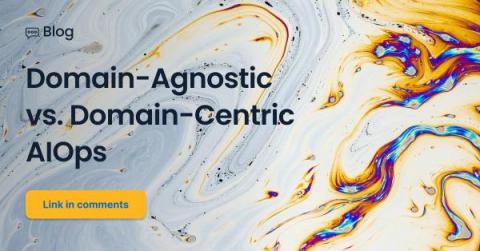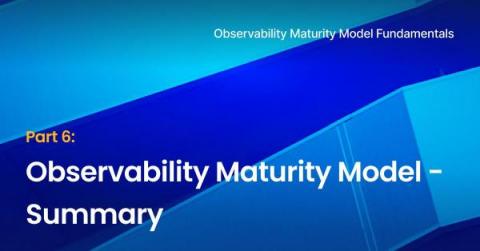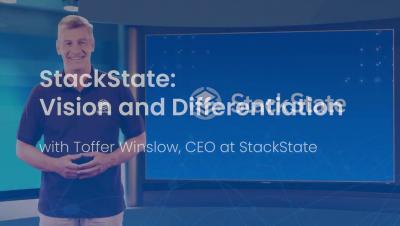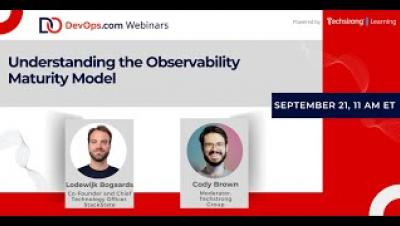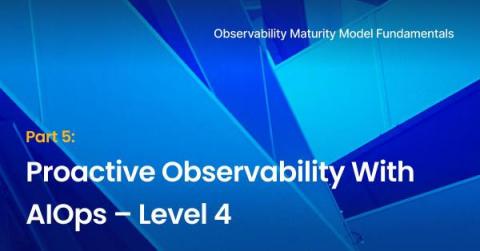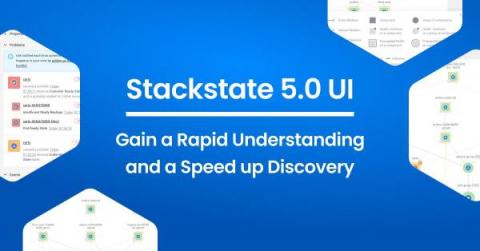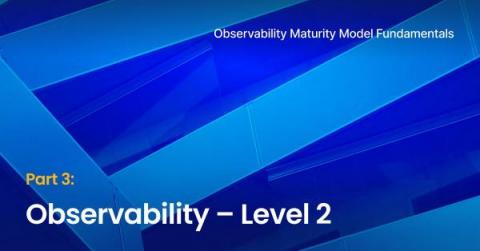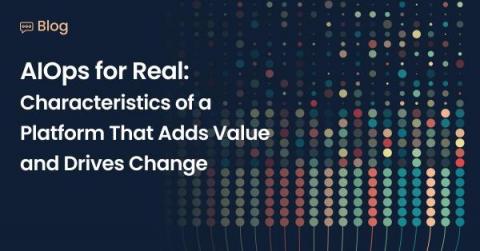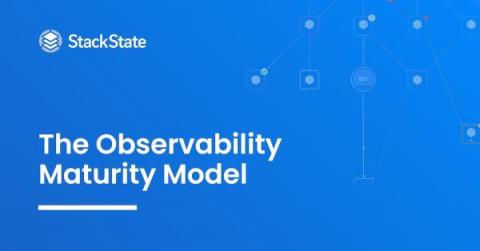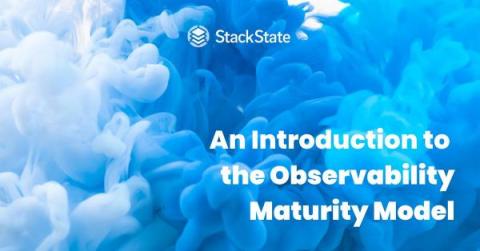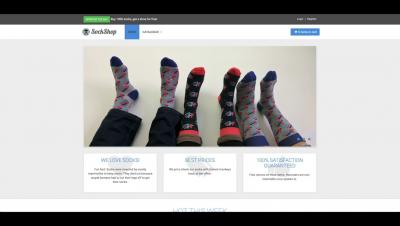Understanding Domain-Agnostic v. Domain-Centric AIOps Platforms
No matter what we do, we’ll always be surrounded by choices. Do I save money and take the bus, or do I spend money filling up my gas tank? Do I make dinner at home, or do I eat dinner out? Whatever the outcome, it’s our needs – what we require and what we can afford – that help guide us to where we should go. Technology is no exception. Especially in AIOps.


